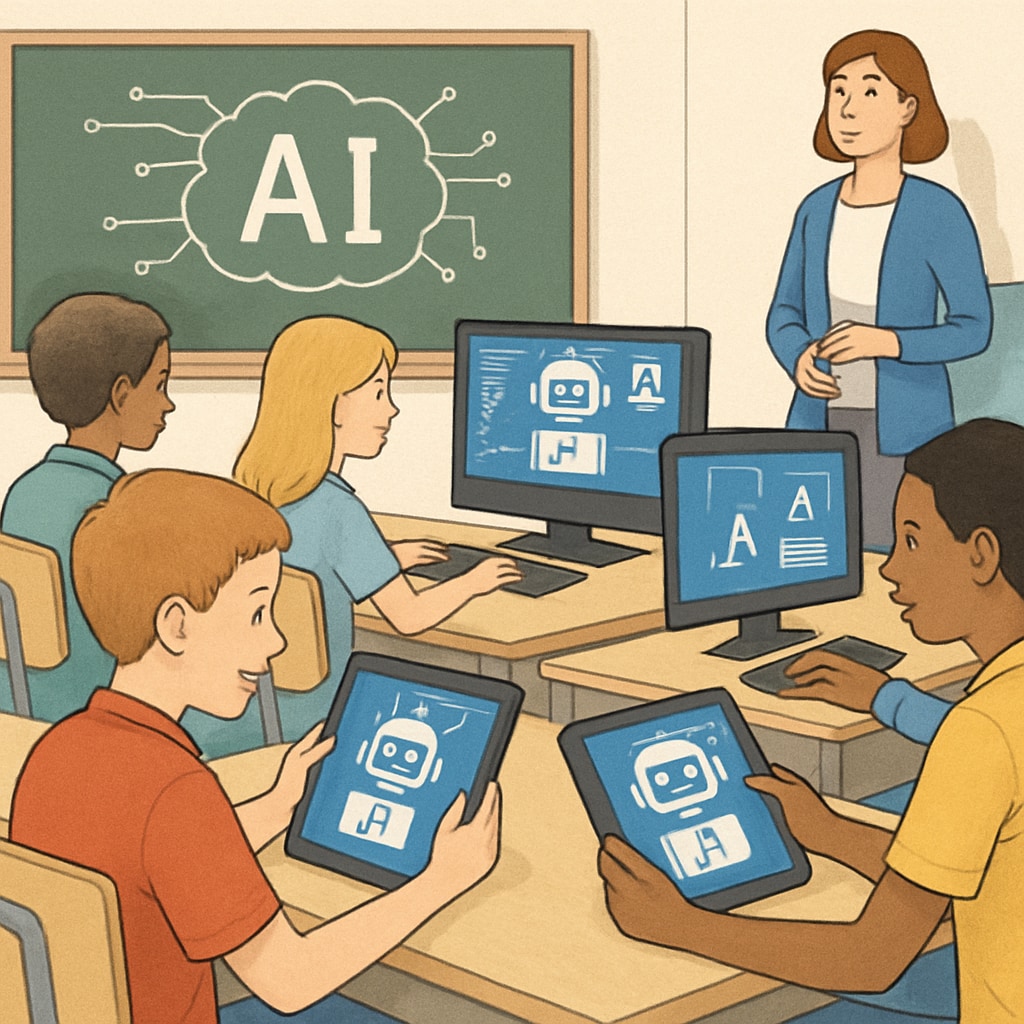The rapid advancements in artificial intelligence (AI) are revolutionizing how we work, live, and learn. As a result, traditional competitive exams, which have long been a cornerstone of the K12 educational system, are increasingly scrutinized for their relevance in this new era. The growing influence of AI in employee selection and talent identification underscores the need to rethink how we assess and prepare students for a rapidly changing future.
The Impact of AI on Education and Assessment
Artificial intelligence has introduced transformative changes to the education sector. Tools like adaptive learning platforms, automated grading systems, and intelligent tutoring programs are reshaping how students learn and how educators evaluate their progress. However, while AI enhances personalized learning, it also exposes the limitations of traditional competitive exams.
These exams often prioritize rote memorization and standardized testing over creativity, critical thinking, and problem-solving skills—qualities increasingly valued in the AI-driven workforce. For example, AI-driven companies are using algorithms to assess candidates’ soft skills and innovation potential, a stark contrast to the rigid metrics used in schools. As a result, the disconnect between school-based assessments and real-world demands is growing.

Why Traditional Competitive Exams Need Reform
There are several reasons why traditional competitive exams are no longer sufficient in preparing students for the future:
- Outdated Metrics: Current exams emphasize memory recall and formulaic problem-solving rather than creativity and adaptability.
- Limited Scope: Exams fail to assess emotional intelligence, collaborative skills, and technological literacy—all essential in an AI-driven economy.
- Stress and Inequality: Competitive exams often exacerbate student stress and widen socioeconomic disparities due to unequal access to resources.
Therefore, educators and policymakers must reconsider the purpose and structure of these exams, aligning them with the skills and competencies required to thrive in the AI era.
A Vision for AI-Driven Education Reform
To bridge the gap between traditional education and the demands of an AI-driven world, several innovative approaches can be adopted:
- Skill-Based Assessments: Replace rote-based testing with evaluations that measure creativity, critical thinking, and collaboration.
- Integration of AI Tools: Use AI-powered platforms to provide real-time feedback, adaptive challenges, and personalized learning paths.
- Holistic Evaluation: Incorporate project-based learning, peer reviews, and self-assessments to complement standardized tests.
- Equity in Access: Ensure AI-driven educational resources are accessible to all students regardless of socioeconomic status.
For example, Finland’s education model emphasizes holistic learning over traditional exams, focusing on fostering curiosity and lifelong learning skills. Similarly, AI-based systems like those developed by Britannica enable personalized learning that adapts to individual student needs.

Preparing Students for AI-Driven Careers
Beyond reforming exams, education systems must also prepare students for the evolving job market shaped by artificial intelligence. This includes:
- Teaching AI Literacy: Introduce foundational AI concepts and their applications across industries.
- Encouraging Lifelong Learning: Equip students with the mindset to continuously adapt and upskill in a changing world.
- Fostering Multidisciplinary Skills: Combine STEM education with arts, humanities, and social sciences to nurture well-rounded individuals.
By adopting these practices, schools can better align their curricula with the expectations of future employers, ensuring students are not just exam-ready but also career-ready.
In conclusion, the emergence of artificial intelligence is a wake-up call for educators and policymakers to rethink traditional competitive exams. By embracing innovative assessment methods and integrating AI-driven tools, we can build an education system that truly prepares students for the complexities of the AI age.
Readability guidance: Short paragraphs and lists ensure clarity and accessibility. Transition words like “however,” “therefore,” and “as a result” maintain a logical flow, while images illustrate key concepts effectively.


